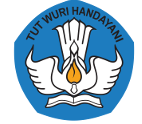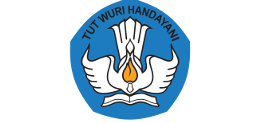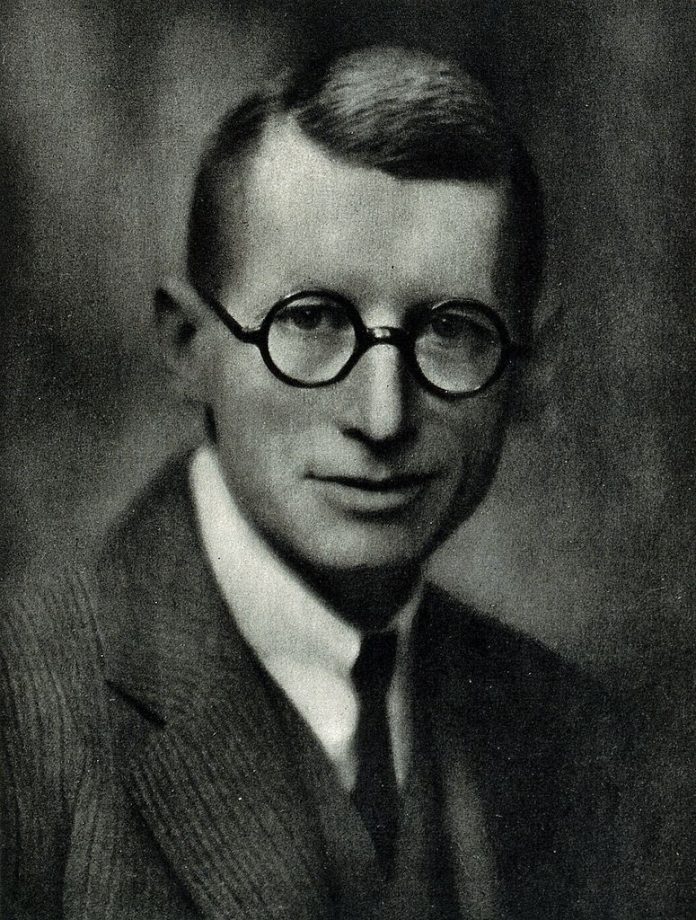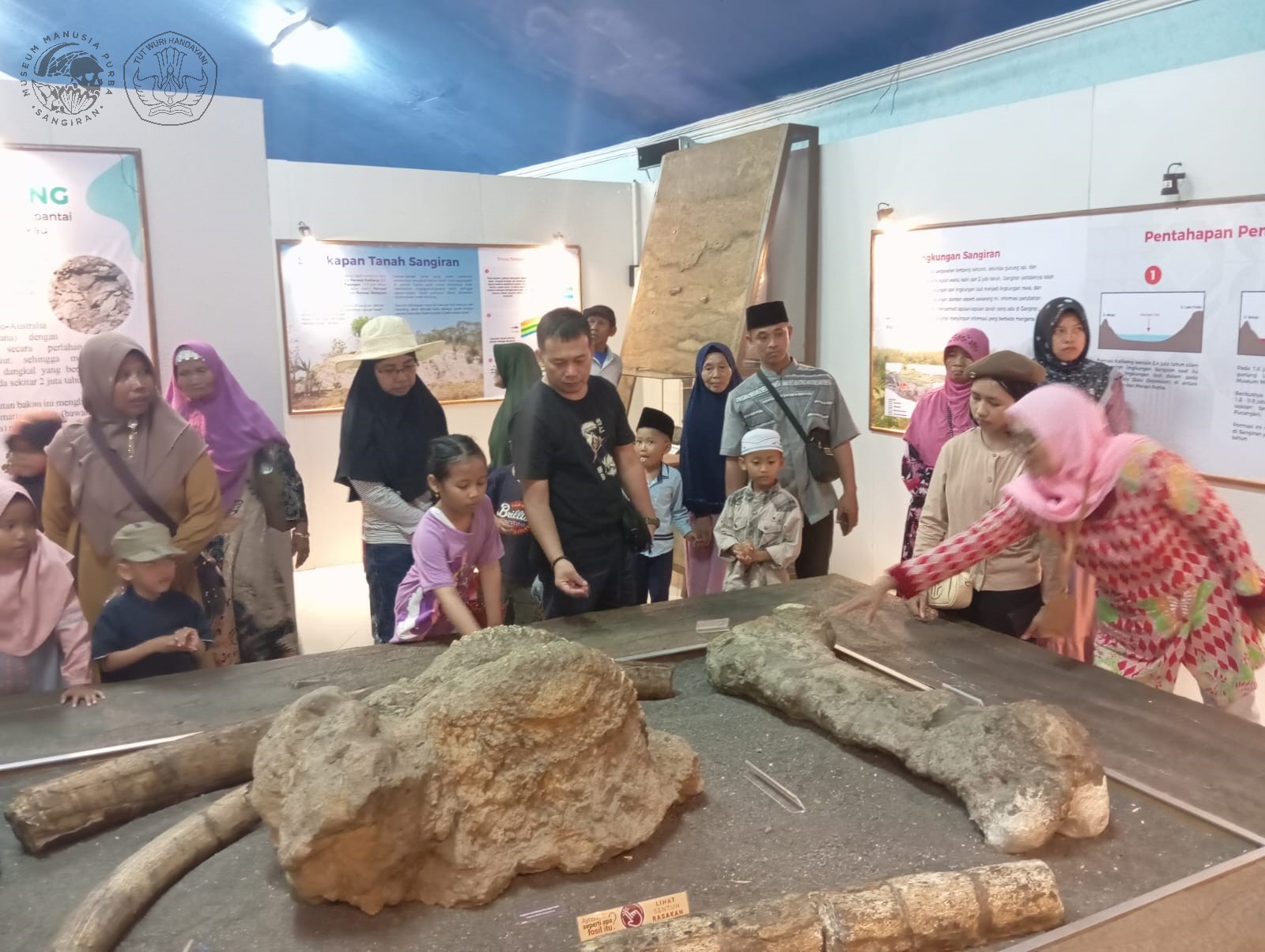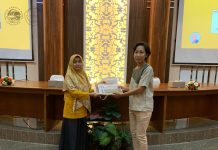When assigned to teach in Peking Union Medical College, China, Davidson Black is optimistic will do a research about early human in Asia. In the beginning, he against by his work institution, but Black didn’t reduce steps.
On 1926, became starting point for his research. He learns 2 hominid teeth found by Otto Zdansky from Zhoukoudian site. Black wrote the result of his study, then sent it Nature Journal and declare that the teeth fossil as Homo pekinensis. With J. Gunnar Andersson, he conducts a scientific conference about teeth findings of Homo pekinensis.
One of aims for this conference is to find a digging reset fund for Black. The people who attend in this conference they are; Pierre Teilhard de Chardin and Weng Wen hao (Head of The Geoligical Society pekinensis), who will be part of Black’s team later.
Black publication in Nature and scientific conference then attract the attention of the world. Rockteller foundation, which houses the institution also agree for funding Black reset. On 1927, Bigger Bohlin, Sweden expert in Palentology found single teeth of hominid in the first excavation of Black team in Zhoukoudian. From that limited evidence, Black bravely named the fossil as Sinanthropus pekinensis, a new species and published in Paleontology Sinica. Black step is seen in hurry by scientific public circles at that time. Black doubtful because the evidence what he offered was very minimal.
Amid doubts by many circles, Black excavation still going on. On 1928, the first skull fragment of Peking man finally found. The doubt was answered. In the next era, on 1929, he found again II and III Skull. The other findings of stone tool and evidences of using fire from Zhoukoudian on 1931 increasingly stepping on Black. The climax is findings of jaw bone well maintained from Sinanthropus pekinensis. When Black in Europe, he presented new evidences from his findings in European scientific circle. Finally, he got very high appreciation from Royal Society, on 1932.
Unfortunately, man who is known to be friendly died when he is on top of carrier. After he died, the scientific work continues by Franz Weidenreich. Source: Museum of Early Human Cluster Ngebung
Translate by Mutiara Solikhah
